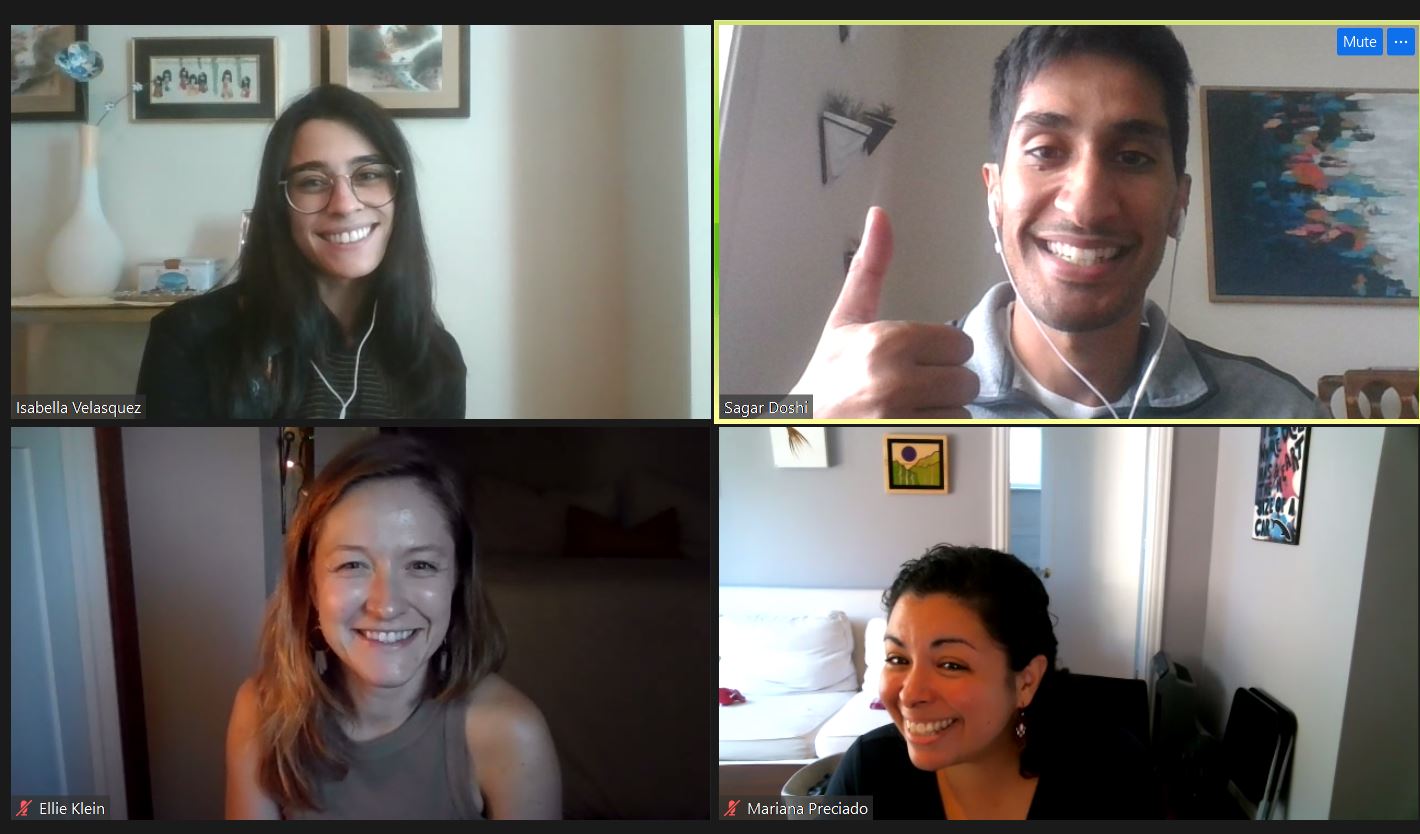Sustainable, Responsible, Impact Investing: The Next Wave
Representing the Haas Socially Responsible Investment Fund (HSRIF), I recently participated in the 25th Annual Conference on Sustainable, Responsible, Impact Investing. This year’s conference demonstrated both the breadth and depth of this flourishing and pioneering space as fixed income (e.g., bonds and other debt investments), innovative financial structures, and diversity in leadership all took center stage.
GROWTH IN “GREEN” FIXED INCOME
A common theme was accelerating the financing of sustainable and responsible fixed income investments. In a lively discussion on “What Makes a Green Bond ‘Green’”, representatives from Praxis Mutual Funds, Moody’s, the World Bank, and First Affirmative Financial Network explored the drivers of green bond growth.
The World Bank spearheaded the development of green bonds (debt instruments that fund low-carbon and resource efficient infrastructure) in the mid-2000s after forward-thinking Scandinavian pension funds expressed their desire for a sustainable, tradable, and liquid fixed income investment that aligned with their goals of preventing and mitigating global climate change. Since its inception in 2007-2008, the green bond market has taken off – with nearly $40b in green bonds investments from over 60 issuers expected by the end of 2014.
Green bonds are just not environmentally responsible, they’re also smart financial investments. The vast majority are considered investment grade with yields ranging from 25 to 600 basis points (0.25-6.00 percent).
One potential challenge facing the green bond movement is the degree to which the definition as what classifies as “green” can be expanded to attract a larger pool of capital – without diluting investor goals or desired environmental impact. Panelists seemed to agree that transparency is key to addressing this challenge. As long as expected environmental impact is clear and actual outcomes are measured and verified by credible third parties, many suggest that investors themselves should be able to decide what constitutes a “green” fixed income investment.
In a separate but related discussion, SolarCity’s (SCTY) Tim Newell touted his company’s recent launch of Solar Bonds. Secured by SCTY cash flows, these green fixed income investments – with maturities of 1 to 7 years and returns ranging from 2 to 4 percent – are now available to everyday (retail) investors who are seeking a secure fixed income vehicle that aligns with their environmental values and supports the rapidly growing solar industry.
INNOVATIVE FINANCIAL STRUCTURES
In a particularly fascinating discussion, Bruce DeBoskey from The DeBoskey Group and Stephanie Gripne from the Impact Finance Center at the University of Denver’s Daniels School of Business, discussed how a thoughtful strategy coupled with financial innovation can allow philanthropic foundations to amplify the social and environmental impact of their investments.
The discussion focused on reconceptualizing program-related investments (PRIs) – which are drawn from the 5 percent of a foundation’s capital base that is designed to support charitable (non-profit) activities but involve a potential (below market) return on capital within an established time frame. Many foundations, which are traditionally unclear on relevant IRS guidance and uncomfortable with this vehicle itself, have been wary of making significant numbers of PRIs. Instead, they have been choosing grants (which require the loss of all principal and no financial return) as their primary means of supporting the social and environmental causes to which they are committed.
Interestingly, some foundations appear to be rethinking this traditional approach. By converting some of their grants to PRIs, they can leverage private sector capital into the structure of such investments to increase their size and desired social and environmental impact. Further, moving some investments from the grant to PRI space facilitates the recycling of grant funding and can even grow a foundation’s capital base (given the tax benefits of PRI returns).
There seems to be an enormous opportunity for foundations to have an even greater positive impact with existing funds; it will be exciting to see how this opportunity evolves.
DIVERSITY IN LEADERSHIP
Another encouraging development in the SRI space has been a renewed focus on tearing down barriers faced by female business leaders. Recently, Pax World Management – through a number of extensive studies – found that companies that featured higher levels of gender balance (i.e., greater than the traditionally low average level of female representation) at the executive and board levels actually witnessed superior financial performance relative to those with lower levels of gender balance.
Both to support the rise of female business leaders and to allow investors to take advantage of this underappreciated investment opportunity, Pax launched the Ellevate Global Women’s Index Fund – the first broadly diversified mutual fund that invests in the highest-rated companies in the world in advancing women’s leadership.
It was inspiring to hear Pax World Management President Joe Keefe and Senior Vice President Julie Gorte lead a spirited discussion on how gender balance can lead to stronger, better governed, and more innovative and profitable enterprises.
HAAS LEADERSHIP IN THE SRI SPACE
No discussion of the SRI Conference would be complete without discussing the awarding of the Moskowitz Prize – the only global award that recognizes outstanding quantitative research in socially responsible investment. Haas’s own Lloyd Kurtz – a heavyweight in the SRI space – is the chief driving force behind the prize.
This year’s winners – Allen Farrell (Harvard Law School) and Hao Liang and Luc Renneboog (Tilburg University) – provide powerful evidence that higher corporate social responsibility performance increases shareholder value – in part through superior corporate governance which drives higher levels of retained cash holdings and pay-for-performance returns.
Grateful for the support provided by the Haas Center for Responsible Business, I will take these and other lessons back to the Haas SRI Fund as we continue to unlock hidden value based on ESG practices.



